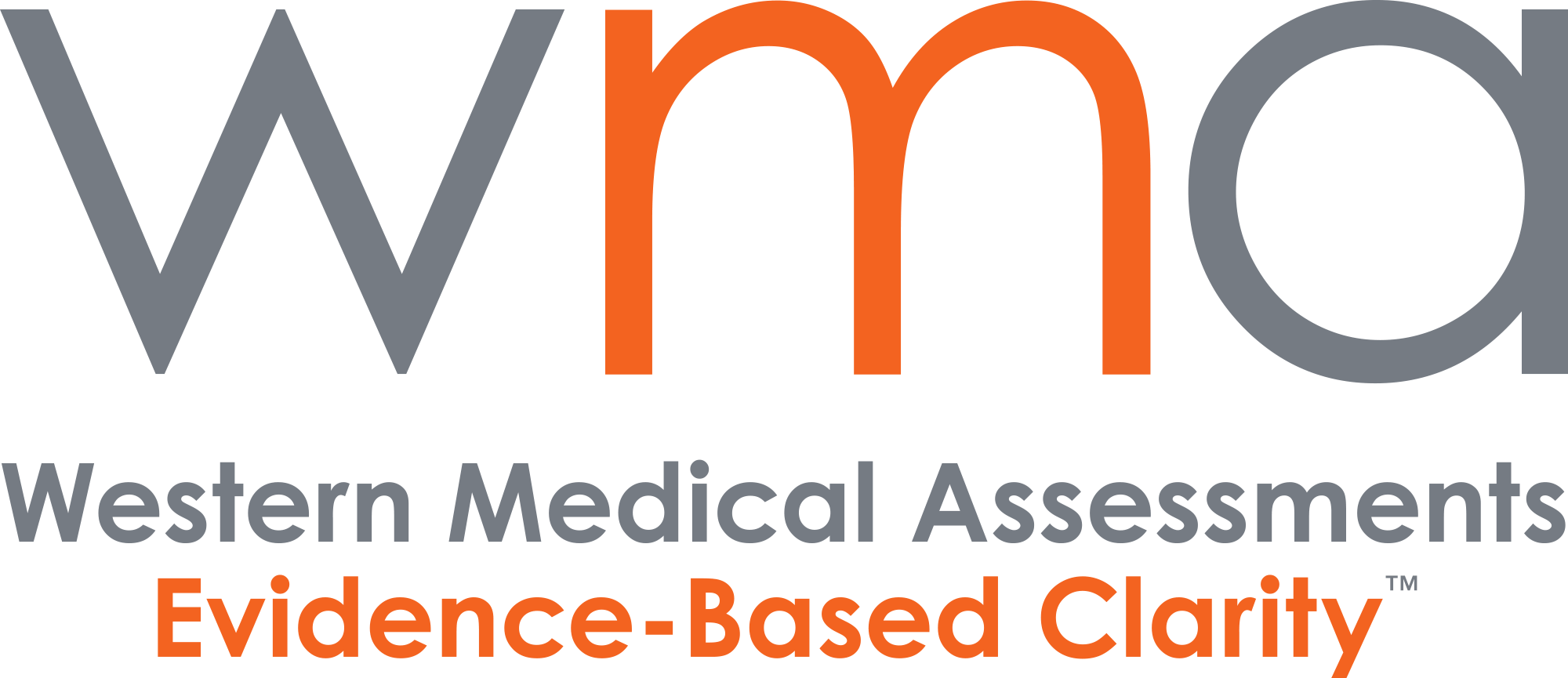January 19, 2024 from BMJ Quality and Safety Journal

Diagnostic errors represent a significant and preventable source of harm in healthcare settings worldwide. The National Academy of Medicine underscores this issue as a “moral, professional, and public health imperative,” highlighting that “most people will experience at least one diagnostic error in their lifetime, sometimes with devastating consequences.” Despite the critical nature of this issue, reliable estimates on the extent of misdiagnosis-related morbidity and mortality remain unknown, largely due to methodological challenges and the variability of data across different studies.
A recent study adopts a novel, disease-based approach to estimate the total burden of medical misdiagnosis across various care settings in the United States, including ambulatory clinics, emergency departments, and inpatient care. Focusing on the three major disease categories — vascular events, infections, and cancers — known collectively as the ‘Big Three,’ this approach reflects their prevalence in malpractice claims and clinical studies as the primary contributors to severe diagnostic errors.
Key Findings
The study reveals startling numbers, estimating that approximately 1.51 million diagnostic errors occur annually in the U.S., with about 603,000 of these leading to serious harms such as permanent disability or death. Specifically, diseases such as stroke, sepsis, pneumonia, venous thromboembolism, and lung cancer are among the top five conditions contributing to these severe outcomes.
Interestingly, the research emphasizes that a significant reduction in diagnostic errors concerning these top five diseases could potentially prevent around 150,000 serious misdiagnosis-related harms annually. This highlights the substantial impact that targeted healthcare improvements could have on patient safety.
Methodological Strengths and Robustness
The study’s strength lies in its comprehensive data collection from nationally representative epidemiological datasets, further bolstered by sensitivity analyses that confirm the robustness of the results. By incorporating a broad spectrum of diseases and leveraging high-quality clinical studies, the researchers provide a more accurate and representative estimate of diagnostic errors across the U.S. healthcare system.
Challenges and Limitations
Despite these insights, the study faces limitations due to its reliance on literature-derived data, which might not capture the full scope of diagnostic errors in contemporary clinical practice. While the research focuses on serious harms, it does not account for the non-lethal suffering caused by diagnostic delays or the consequences of overtreatment due to overdiagnosis.
Implications for Healthcare Policy and Practice
The implications of this study are profound, urging an immediate and focused response to improve diagnostic accuracy. Policymakers are encouraged to allocate more resources towards research and interventions targeting the accurate diagnosis of critical diseases. Enhancing diagnostic procedures not only promises to reduce the incidence of severe harms but also supports the overall goal of improving patient outcomes and trust in the healthcare system.
The findings of this study serve as a call to address diagnostic errors, a prevalent issue with fatal consequences. As the largest single source of serious harms in medical practice, diagnostic accuracy needs urgent attention from all stakeholders in the healthcare ecosystem.
=================================================================
Considering an IME or document review to resolve an insurance claim, legal file, or workplace health and safety issue?
Our specialists provide evidence-based opinions, so get in touch with Western Medical today to learn more about our services.

